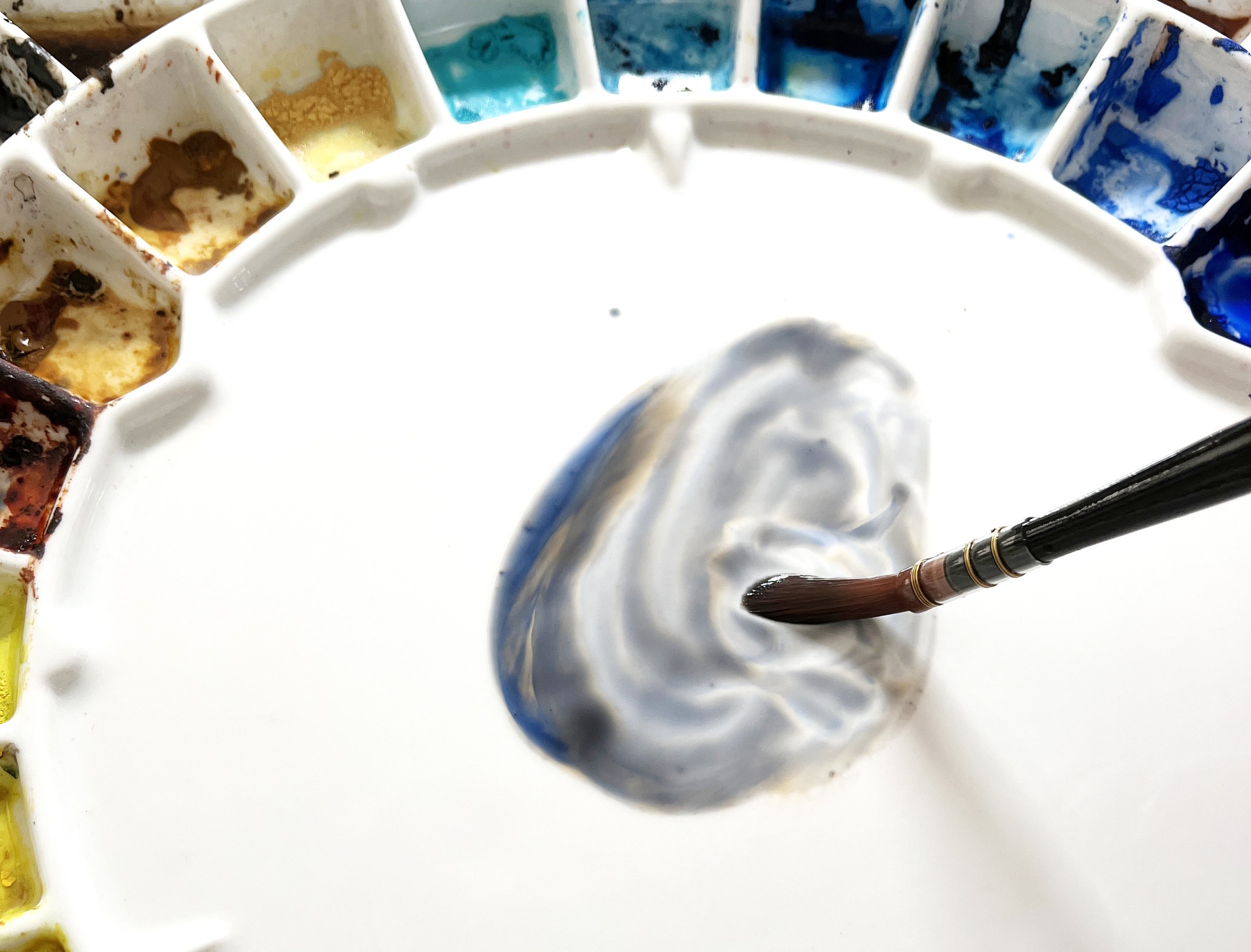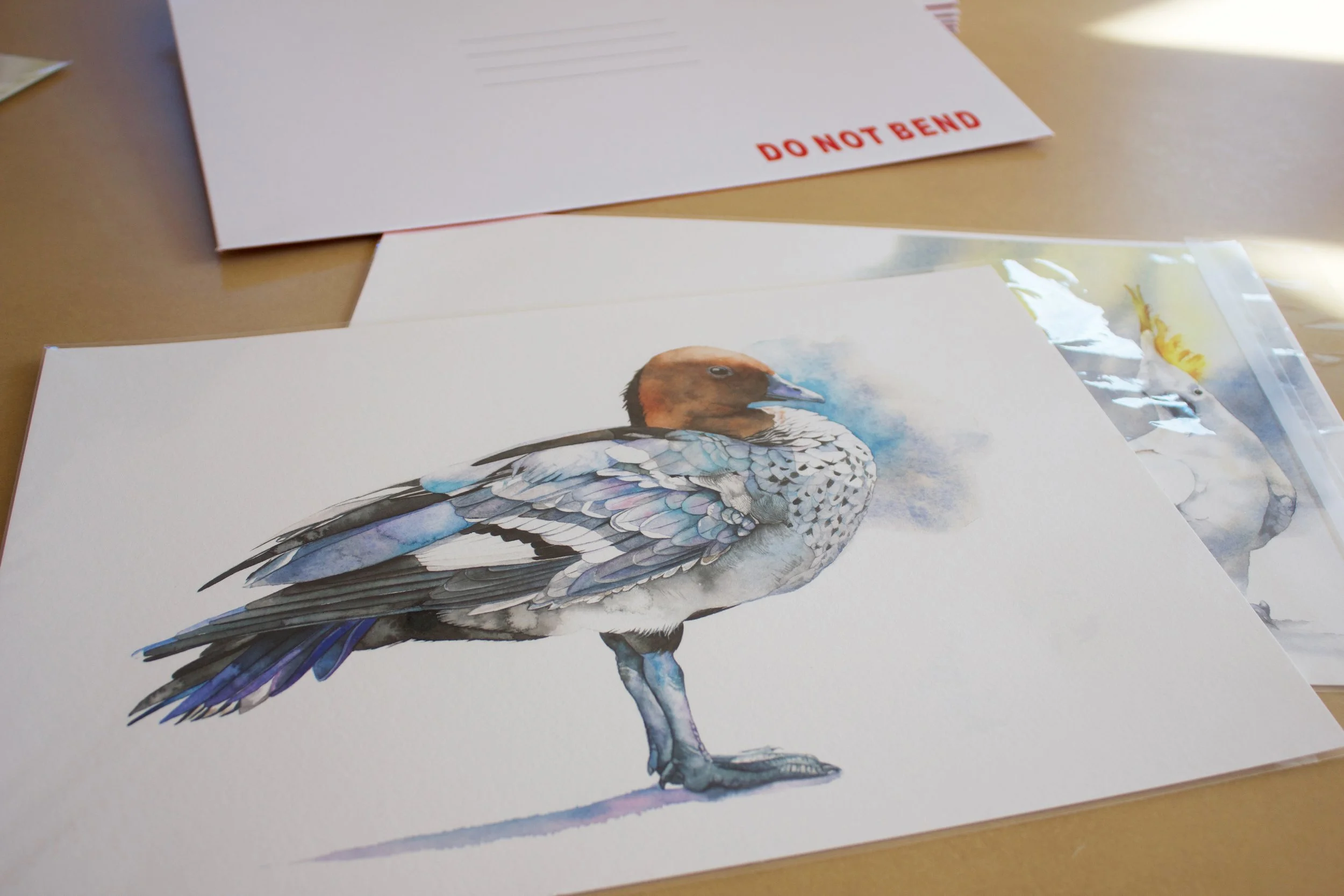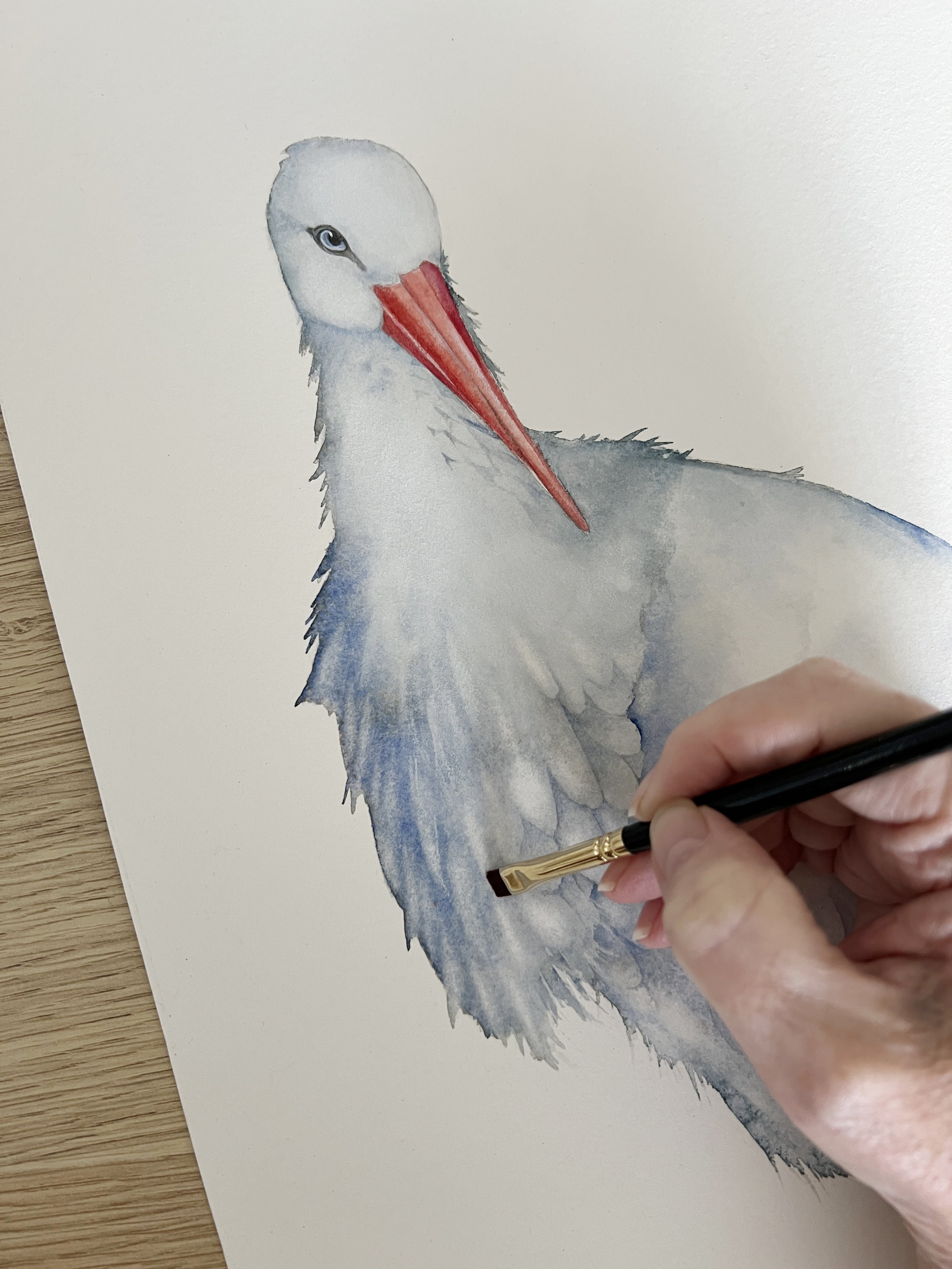Understanding the temperature of the colour grey is crucial in painting as it directly influences the mood, atmosphere, and overall aesthetic of the artwork.
The temperature of greys can evoke specific emotions and set the tone of the painting. Warm greys, with hints of red, orange, or yellow, often create a sense of warmth, intimacy, and comfort. They can be used to convey feelings of coziness or nostalgia, making them ideal for depicting sunny interiors, cozy firesides, or intimate gatherings.
Read More
















